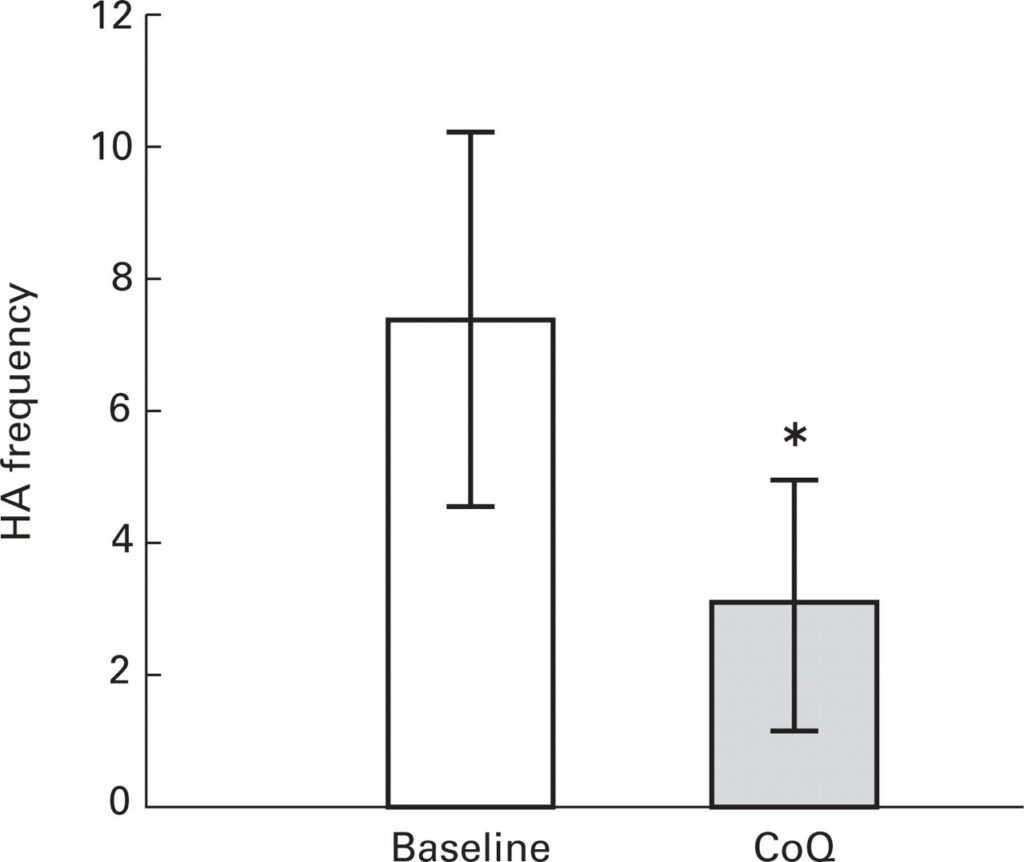What are Migraines?
A migraine is a type of headache that is typically characterized by a severe throbbing or pulsating pain on one or both sides of the head. Migraines can last for hours to days and can be accompanied by other symptoms, such as sensitivity to light, sound, and smells, nausea, vomiting, and fatigue. Migraines can significantly affect a person’s quality of life and productivity.
Migraines are a neurological condition that can be triggered by a variety of factors, including stress, hormonal changes, certain foods, and environmental factors. The exact cause of migraines is not well understood, but it is thought to involve a combination of genetic, environmental, and neurological factors.
There are different types of migraines, including migraines with aura and migraines without aura. Auras are sensory disturbances that can occur before or during a migraine, such as visual disturbances or tingling sensations in the face or hands.
Treatment for migraines typically involves a combination of lifestyle changes, medication, and alternative therapies. Over-the-counter pain relievers such as ibuprofen and acetaminophen can be used for mild-to-moderate migraines, while prescription medications such as triptans and ergotamines are often used for more severe migraines.
Over-the-Counter Treatments
Migraines are a common neurological condition, and it is estimated that approximately 1 billion people worldwide suffer from migraines. Of those, about 10% experience severe migraines, which are defined as migraines that significantly affect a person’s ability to carry out their daily activities. Women are more likely than men to suffer from migraines, and migraines often start in adolescence or young adulthood. While severe migraines are often treated with prescription medications, mild-to-moderate migraine relief is centered on OTC medications like Excedrin, ibuprofen, or acetaminophen.
These OTC medications are considered relatively safe at recommended doses and dosing intervals but carry significant risks and do not prevent the onset of migraines. Therefore, the need to find safe and preventative compounds is of upmost important.
Supplements and Migraine Relief
While the pathophysiology of migraines is poorly understood, it is believed that neuroinflammation, proinflammatory cytokine signaling, and mitochondrial dysfunction may be at play. Few studies have been published on using supplements to relieve migraines, but these compounds have some proof of efficacy and are all considered safe. These supplements include coenzyme Q10 (CoQ10), magnesium, and vitamin B2.
Coenzyme Q10
CoQ10 is a naturally occurring compound found in the body that plays a critical role in energy production within cells. The mechanism of action of CoQ10 is related to its function as a coenzyme in the production of ATP (adenosine triphosphate), which is the primary source of energy for cells. CoQ10 is involved in the electron transport chain, a series of chemical reactions that occur within mitochondria, the energy-producing organelles within cells. In this process, CoQ10 helps to transfer electrons from one enzyme to another, ultimately leading to the production of ATP. By understanding its mechanism, we can see that CoQ10 supplementation targets energy metabolism and mitochondrial function in the pathway of preventing migraines.
Several studies have tested the efficacy of CoQ10 on the severity and frequency of migraines and have found that 150mg significantly reduced the severity and frequency of migraines.
Vitamin B2
Vitamin B2, also known as riboflavin, is a naturally occurring compound found in lots of food we eat. It is involved in the metabolism of carbohydrates, fats, and proteins, and plays a key role in the production of energy within cells. The mechanism of action of vitamin B2 involves its function as a cofactor for several important enzymes involved in these metabolic processes.
It was found that a supraphysiological dose of vitamin B2 (400mg) reduced the frequency of migraines by nearly 50%. While large population studies have not been performed, this compound is considered well-tolerated and safe, making it a useful supplement for migraine prevention.
Magnesium
Magnesium is an important element in our diet. Often, even when supplemented, the recommended intake is far from efficacious. Along with many reports that support magnesium as a supplement for reducing the frequency of migraines, recent research has concluded a daily intake of magnesium at 550mg could reduce the risk for certain neurodegenerative disorders.
When choosing a magnesium supplement, it is important to consider its bioavailability. For example, magnesium oxide is found in non-stimulant laxatives because it is poorly absorbed into the bloodstream and draws water into the intestines, thus promoting a bowel movement. Some of the most bioavailable forms of magnesium are magnesium glycinate and magnesium threonate. It should also be noted that your supplemental intake should consider your dietary intake from foods, etc.
Conclusions
Migraines can be a daunting eventing to deal with, often leaving you with a half productive day and in a miserable haze. Prescription medicine is riddled with side effects and offers relief after migraine onset, but does not aid in preventing the occurrence of migraines. Some supplements, such as magnesium, coenzyme Q10, and vitamin B2, have shown therapeutic promise in many studies and have limited-to-no side effects. Before starting a supplement protocol, be sure to perform your own research, track your intake of nutrients, and, if necessary, ask a specialist for help.

Meet the Author
Hello everyone,
My name is Joshua Giblin. I am a post-bachelor researcher/research technician at USC. My interests range from nutrition to nanomedicine and also practical science to improve everyday life. Through this blog, I aim to communicate practical scientific research and present it to curious individuals so that an educated decision can be made. Thank you for reading the blog and showing your support.
